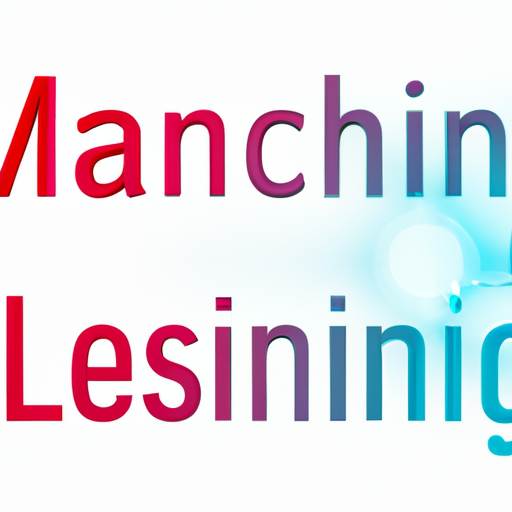Exploring Exciting Machine Learning Topics: The Future Is Here
Machine learning topics are numerous and ever-evolving, capturing the imagination of tech enthusiasts and industry professionals alike.
With advancements in artificial intelligence and AI machine learning, the potential applications are practically limitless.
Let’s dive into some of the most exciting machine learning topics that are making waves today.
Understanding Supervised And Unsupervised Learning
One of the foundational machine learning topics is understanding supervised and unsupervised learning.
In supervised learning, an algorithm is trained on a labeled dataset, meaning that each training example is paired with an output label.
For instance, consider training a model to recognize cats in images. The dataset will contain images tagged as ‘cat’ or ‘not cat.’
On the other hand, unsupervised learning involves algorithms that must find patterns in data without being provided explicit labels.
Think of it as giving a robot a box of jigsaw pieces without showing it the final picture; it must figure out how the pieces fit together on its own.
Real-Life Example: Customer Segmentation
Imagine you run an e-commerce store and want to segment your customers based on purchasing behaviors.
Using unsupervised learning algorithms like K-Means Clustering can help you identify distinct customer groups without predefined categories.
Diving Into Deep Learning And Neural Networks
Deep learning is another intriguing machine learning topic that mimics the human brain’s neural networks through layered structures called artificial neural networks (ANNs).
This subset of AI machine learning excels at handling vast amounts of unstructured data such as images, text, and audio.
With deep learning, we can build models capable of tasks like image recognition, natural language processing AI, and even playing complex games better than humans.
Real-Life Example: Autonomous Vehicles
Self-driving cars rely heavily on deep learning algorithms to interpret massive amounts of sensor data in real-time.
These systems can identify pedestrians, read traffic signs, and make critical driving decisions on the fly.
The Role Of Natural Language Processing AI
Natural language processing (NLP) involves teaching machines to understand and generate human language—a cornerstone for creating conversational AI chatbots.
From sentiment analysis to machine translation, NLP has numerous real-world applications.
A remarkable aspect of NLP is its ability to enable machines to comprehend context—a significant leap forward for adaptive learning systems that improve over time by absorbing new information.
Real-Life Example: Conversational AI Chatbot In Customer Service
Companies are increasingly using conversational AI chatbots to handle customer inquiries efficiently. These chatbots use NLP techniques to understand user questions and provide relevant responses instantly.
Imagine interacting with a chatbot that not only understands your query but also gets better at answering similar questions over time—thanks to adaptive learning mechanisms!
Reinforcement Learning: Machines That Learn From Their Actions
Reinforcement Learning (RL) is an area where agents learn by interacting with their environment through trial and error while receiving feedback through rewards or penalties.
This approach is particularly effective in scenarios requiring sequential decision-making but comes with its set of challenges due to its complexity.
RL has found applications ranging from game playing—like AlphaGo defeating human champions—to optimizing logistics operations in supply chain management.
Real-Life Example: Gaming And Beyond
AlphaGo’s victory over professional Go players was a landmark achievement for reinforcement learning algorithms. This win demonstrated RL’s potential beyond gaming into areas like healthcare for personalized treatment plans or even robotic process automation in manufacturing floors.
The Power Of Transfer Learning And Adaptive Learning Systems
Transfer Learning focuses on storing knowledge gained while solving one problem and applying it to a different but related problem—essentially allowing models trained on large datasets to be adapted for new tasks quickly.
Adaptive learning takes this concept further by enabling systems continually evolve based on new data inputs—essentially allowing them adapt dynamically rather than being static post-training phases alone making them more robust versatile solutions overall!
Real-Life Example: Personalized Education Platforms
Educational platforms utilize adaptive systems powered by transfer techniques provide tailored educational experiences students ensuring they get what they need when need it most effectively possible! Imagine system understands specific weaknesses strengths adjusts curriculum accordingly maximize engagement success rates ultimately leading better outcomes everyone involved teachers students alike!
In conclusion these various fascinating realms within broader field offer immense opportunities innovation shaping future industries across board whether enhancing customer experiences through smarter chatbots automating complex processes using intelligent algorithms developing cutting-edge technologies revolutionize how live work every day basis!

